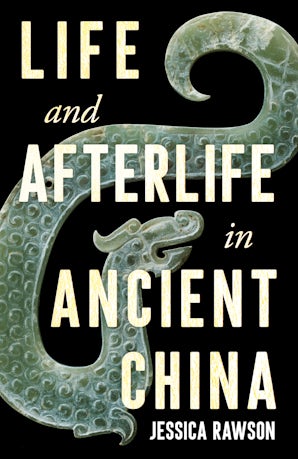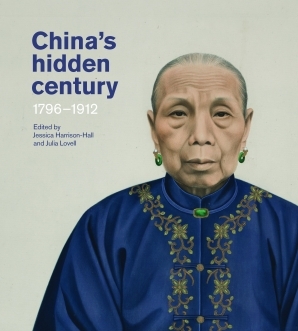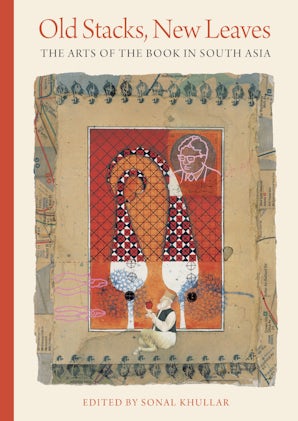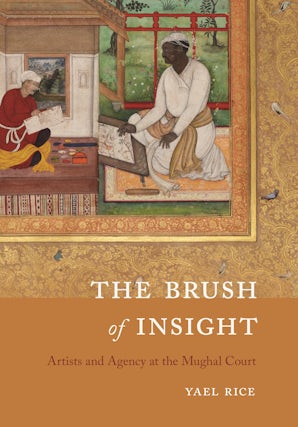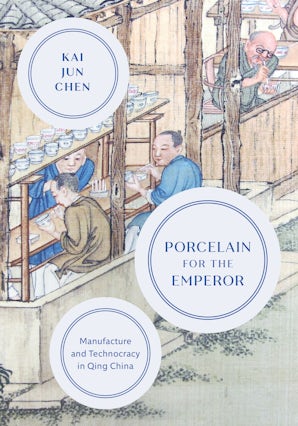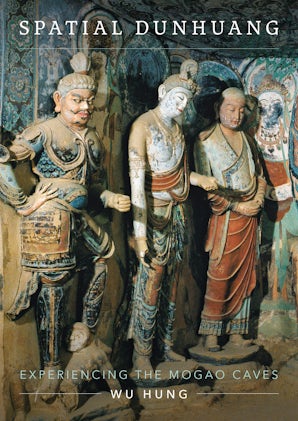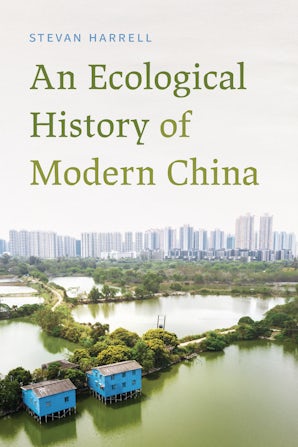
Where Dragon Veins Meet
The Kangxi Emperor and His Estate at Rehe
- PUBLISHED: January 2020
- SUBJECT LISTING: Art History / Asian Art, Asian Studies / China, Architecture / Landscape Architecture
- BIBLIOGRAPHIC INFORMATION: 292 Pages, 7 x 10 in, 113 color illus., 21 maps
- ISBN: 9780295745800
- Publisher: University of Washington Press
Description
Winner of the 2023 On the Brinck Book Award, presented by the University of New Mexico School of Architecture + Planning
An auspicious political landscape, represented in image and text
In 1702, the second emperor of the Qing dynasty ordered construction of a new summer palace in Rehe (now Chengde, Hebei) to support his annual tours north among the court’s Inner Mongolian allies. The Mountain Estate to Escape the Heat (Bishu Shanzhuang) was strategically located at the node of mountain “veins” through which the Qing empire’s geomantic energy was said to flow. At this site, from late spring through early autumn, the Kangxi emperor presided over rituals of intimacy and exchange that celebrated his rule: garden tours, banquets, entertainments, and gift giving.
Stephen Whiteman draws on resources and methods from art and architectural history, garden and landscape history, early modern global history, and historical geography to reconstruct the Mountain Estate as it evolved under Kangxi, illustrating the importance of landscape as a medium for ideological expression during the early Qing and in the early modern world more broadly. Examination of paintings, prints, historical maps, newly created maps informed by GIS-based research, and personal accounts reveals the significance of geographic space and its representation in the negotiation of Qing imperial ideology. The first monograph in any language to focus solely on the art and architecture of the Kangxi court, Where Dragon Veins Meet illuminates the court’s production and deployment of landscape as a reflection of contemporary concerns and offers new insight into the sources and forms of Qing power through material expressions.
Art History Publication Initiative
Authors & Contributors
Stephen H. Whiteman is senior lecturer in the art and architecture of China at the Courtauld Institute of Art, University of London.
Reviews
"Whiteman's book is a valuable contribution to the history of the early Qing period, as well as to art history...When closing the book, one feels that its beautiful design and production, striking on first opening it, contribute to bringing to the fore the original and thought-provoking arguments put forward within it."
- Sehepunkte"Whiteman displays a dazzling command of his subject. His careful presentation of the source materials, their defects, and the methods he chose to transcend obstacles bespeak a commitment to historical accuracy that is both commendable and impressive."
- Journal of Chinese Studies"This book...fills a monumental gap in the art, architectural, and landscape histories of the early modern world, providing a long-overdue interdisciplinary discussion of the Qing emperor whose reign and works overlapped with those of better-studied contemporaries."
- Journal of the Society of Architectural Historians"Scholars from both fields, as well as other interested readers will find it of value, while the rich illustrations and beautiful design promise a delightful reading experience."
- East Asian Science Technology and Medicine"Where Dragon Veins Meet provides an exemplary study of a particular site by connecting methods of art history, humanist geography, landscape and garden studies, and literature... All in all, Whiteman's book maps out new paths to approaching historical landscape, intermedial representations of place, as well as transcultural studies of imperial and pictorial spaces."
- Art Bulletin"Whiteman’s impeccable work goes far beyond simply a comprehensive and thought-provoking study of Kangxi’s Mountain Estate itself. Instead, it reveals not only the global dimension of this ‘frontier landscape’ but a Qing political landsape within an interconnected ‘long’ 18th entury, creating a milestone in writing global art history."
- Architectural Histories"Where Dragon Veins Meet is an important case study in how rigorous scholarship can reshape our understanding of even the most famous sites. Whiteman’s detailed analysis not only uncovers the Kangxi-era landscape at the Mountain Estate, long buried under Qianlong’s contributions, but also demonstrates the essential role Kangxi played in the development of Qing visual and material culture. Handsomely produced in full color, this book will undoubtedly serve as a standard reference for scholars interested in Chinese imperial arts, landscape studies, and early modern history for many years."
- Harvard Journal of Asiatic Studies"Through careful and sophisticated stylistic analysis, Whiteman demonstrates impressively how attention to objects can effectively enhance historical understanding in the absence of written sources. Therefore, Where Dragon Veins Meet is of interest to art historians and historians alike."
- Bulletin of the Institute of Modern History, Academia Sinica"Where Dragon Veins Meet is a thoroughly researched and intellectually illuminating work. Its interdisciplinary approach shows what the landscapes of the Mountain Estate can tell us about early Qing politics and its position in the early modern world. This book will certainly be of interest to historians and art historians of late imperial China. Scholars of garden and palace construction, landscape history, as well as monarchy studies will also find it valuable to compare the Kangxi emperor’s park-palace to other projects in the early modern world."
- T'oung PaoAdvance Praise
"Early eighteenth century under the Kangxi Emperor is a curious lacuna in our cognitive mapping of Chinese art. It looked forward to the more familiar story of Qianlong era, though the heir now unfairly eclipses the precedent. It canonized an Orthodox tradition, except how that happened eludes us. It brought landscape and gardens, private and imperial, ideational and topographic paintings together, except the process of that merge needs to be mapped out. Stephen Whiteman has done just that. In doing so, he has filled a tall order."
- Eugene Wang, Abby Aldrich Rockefeller Professor of Asian Art, Harvard University"This close reading of one key site offers an unprecedented level of rich detail, and its thought-provoking analysis is a real advance in understanding the world of Qing imperial power."
- Craig Clunas, Trinity College, University of Oxford"One of those rare books that will change scholarship."
- James Beattie, founding editor, International Review of Environmental History"The fruit of excellent research that embraces an impressive range of mediums, including garden architecture, painting, printmaking, and poetry."
- Robert E. Harrist Jr., author of The Landscape of Words: Stone Inscriptions from Early and Medieval China